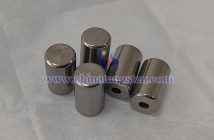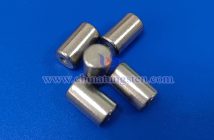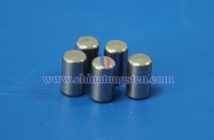The factors affecting the surface active substances of barium tungsten electrodes can be comprehensively analyzed from multiple dimensions such as material composition, preparation process, working environment, surface treatment, impurity pollution and use time, as follows:
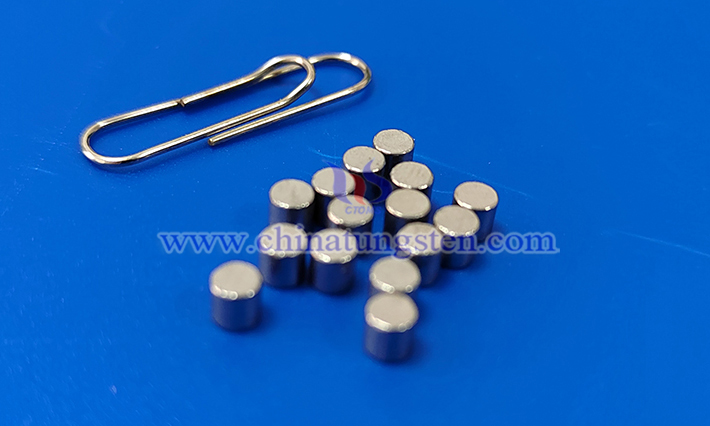
1. Material Composition and Preparation Process
1.1 Barium Tungsten Ratio
Barium Content: As an active substance, the content of barium directly affects the electron emission efficiency. Too high a content will lead to increased volatilization of barium at high temperature and reduce the life of the electrode; too low a content will not form enough active sites and the emission performance will be insufficient.
Tungsten Matrix: High-purity tungsten powder (impurity content needs to be controlled at 0.001%-0.002%) provides high melting point and mechanical strength to support the barium active substance. The particle size of tungsten powder affects the porosity of the matrix, which in turn determines the loading amount of barium.
1.2 Impregnation and Sintering Process
Barium Salt Selection: barium nitrate (Ba(NO?)?), barium carbonate (BaCO?) or barium aluminate (Ba?Al?O?) are commonly used. Barium aluminate is more stable, but it needs to be combined with an activator (such as zirconium hydride) to release barium ions.
Impregnation Times: Cyclic impregnation (2-3 times) can ensure uniform distribution of barium salts and avoid pore blockage.
Sintering Conditions: High temperature sintering (1200-1600℃) promotes the diffusion and bonding of barium and tungsten to form a stable structure. The hydrogen reduction step converts BaO into metallic barium to form nano-scale active particles.
1.3 Additives and Modification
Doping: Adding rhenium or rare earth elements to the tungsten matrix can improve the diffusion stability of barium and extend the life of the electrode.
Surface Coating: Plating with iridium (Ir), rhenium (Re) or rare earth oxides (such as Y?O?) can enhance the ability to resist ion sputtering and protect the active material.
2. Working Environment
2.1 Temperature
Effect of High Temperature: Working temperature (1000-1200℃) promotes the migration of barium atoms to the surface to form an active emission layer, but too high temperature will accelerate the volatilization of barium.
Low Temperature Limit: The diffusion rate of barium decreases at low temperature, which may affect the emission efficiency.
2.2 Atmospheric Conditions
Vacuum/Inert Gas: inhibits the oxidation of barium (such as the formation of BaO or Ba(OH)?) and maintains surface activity.
Oxidizing Environment: Oxygen or water vapor will cause barium oxidation, increase surface roughness, and reduce emission uniformity.
Residual Gas: CO?, acidic gas, etc. will react with barium to form BaCO? or corrosion products, resulting in loss of active substances.
2.3 Vacuum Degree
High vacuum environment reduces gas adsorption and chemical reaction, and keeps the surface microstructure stable; low vacuum degree may accelerate the reaction of barium with residual gas.
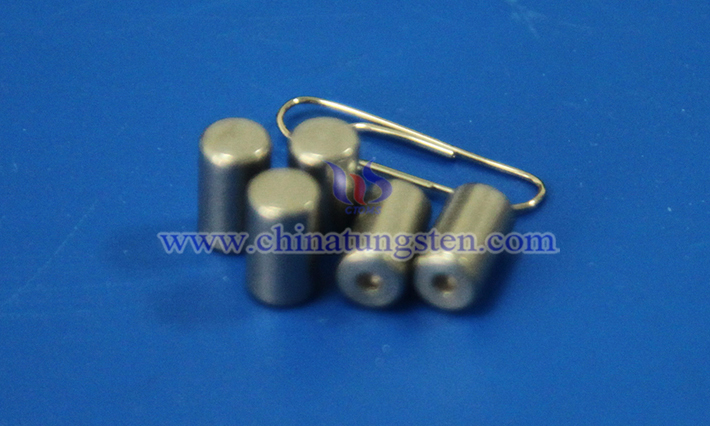
3. Surface Treatment and Coating Technology
3.1 Surface Morphology Optimization
Mechanical Polishing/Chemical Etching: remove surface defects, improve smoothness, and reduce electron emission scattering.
Heat Treatment: High temperature annealing (>1800℃) in an inert atmosphere promotes the migration of barium to the surface and forms a dynamically balanced active layer (Ba/BaO).
3.2 Coating Protection
Coating with sputter-resistant materials (such as Ir, Re) can reduce the damage to the active material caused by ion bombardment.
4. Impurities and Pollution
4.1 Raw Material Impurities
Impurities such as oxygen and sulfur will react with barium to form stable compounds (such as BaSO?), reducing the active barium content.
4.2 Environmental Pollutants
Acidic gases, water vapor, etc. in the working environment will corrode the barium active material, generate oxides or hydroxides, and cause surface failure.
5. Use time and Aging
5.1 Consumption of Barium
During long-term use, barium is gradually consumed due to evaporation or reaction with residual gases (such as the generation of BaWO?), the surface resistance increases, and the emission performance decreases.
5.2 Thermal Cycle Damage
Frequent temperature changes induce thermal stress, resulting in surface microcracks or grain boundary fractures, which destroy the integrity of the active layer.

